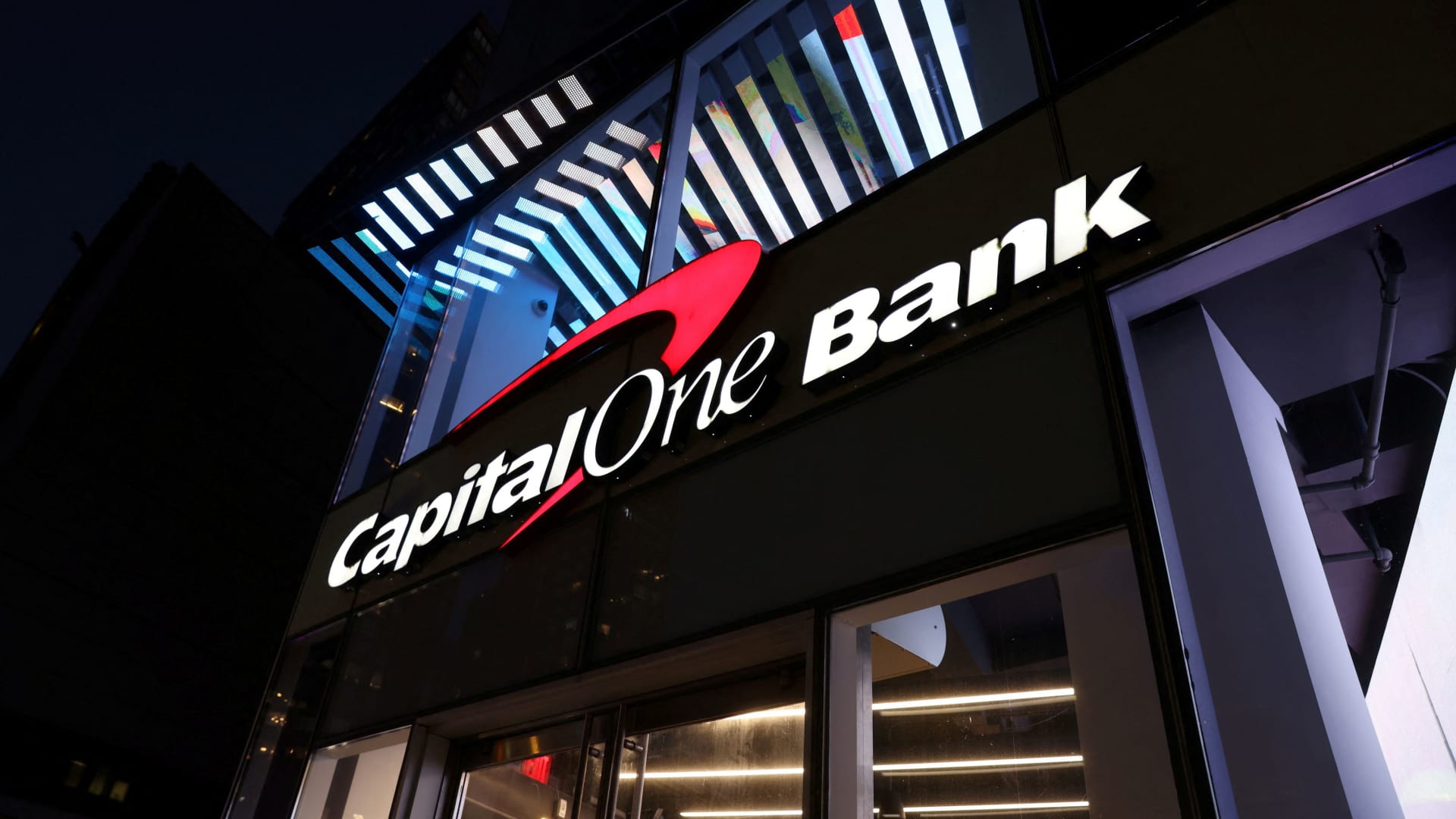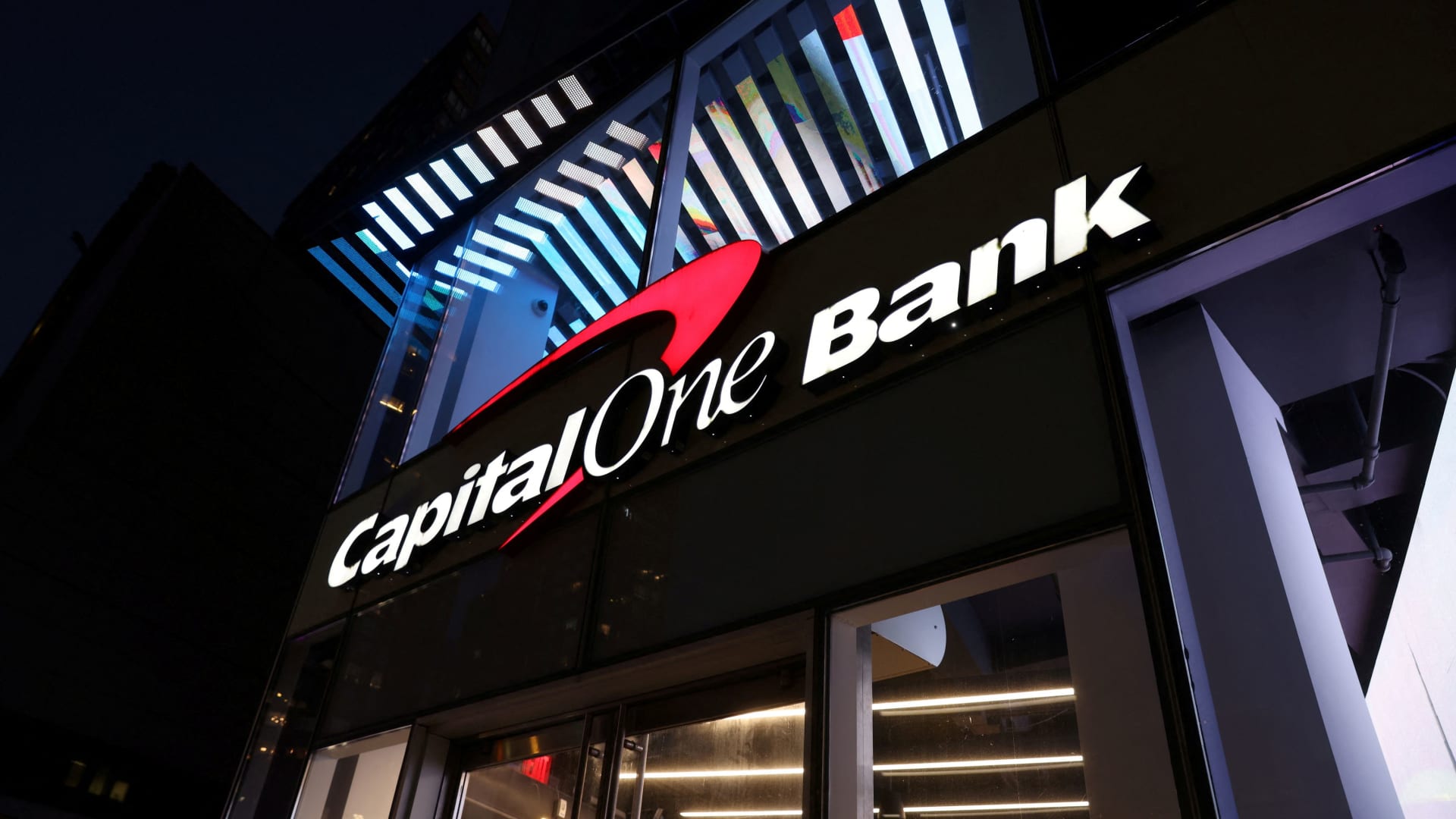The Strategic Imperative of Capital One’s Acquisition of Discover
Introduction: A Bold Move in the Financial Sector
The financial services industry is no stranger to mergers and acquisitions, but few deals have the potential to reshape the landscape as profoundly as Capital One’s acquisition of Discover Financial Services. Finalized in May 2025, this $35.3 billion transaction is more than just a consolidation play—it’s a strategic pivot that positions Capital One for long-term growth and market leadership. The acquisition grants Capital One ownership of the Discover payment network, a move that transcends traditional credit card issuance and ventures into vertical integration. This shift is poised to unlock substantial synergies, enhance profitability, and foster innovation in the payments ecosystem.
Vertical Integration: A Game-Changer in Payments
Capital One’s acquisition of Discover is a masterstroke in vertical integration. Unlike most credit card issuers that rely on third-party networks like Visa or Mastercard, Capital One now owns its payment network. This ownership is akin to controlling a toll road, where the company can capture revenue from both the lending side and the payment processing side. The strategic advantages are manifold:
Synergies: The Engine of Value Creation
The merger is expected to generate approximately $2.7 billion in pre-tax synergies by 2027. These synergies will be realized through a combination of cost savings and revenue enhancement:
Cost Savings
– Operational Efficiency: Consolidating duplicate functions, streamlining operations, and leveraging economies of scale will lead to significant cost reductions. Areas such as technology, marketing, and administrative overhead are prime candidates for optimization.
– Network Migration: By migrating a portion of Capital One’s existing cardholders onto the Discover network, the company can reduce its reliance on third-party networks and capture a larger share of interchange fees. This shift will directly boost revenue and improve profitability.
Revenue Enhancement
– Cross-Selling Opportunities: The combined entity can leverage its expanded customer base to cross-sell products and services. Capital One can offer its banking products to Discover customers, while Discover can extend its credit card offerings to Capital One customers.
– Enhanced Product Suite: The merger allows Capital One to offer a more comprehensive suite of credit card products, catering to a wider range of customer needs and preferences. This enhanced product suite will attract new customers and increase customer loyalty.
Integration: A Phased Approach to Success
Integrating two large organizations like Capital One and Discover is a complex undertaking that requires a carefully planned and executed approach. Capital One is committed to a phased integration strategy that prioritizes customer experience and minimizes disruption:
Innovation and Market Leadership
Capital One’s acquisition of Discover is not merely about size; it’s about creating a more innovative and competitive force in the financial services industry. The combined entity will be better positioned to invest in cutting-edge technologies, develop innovative payment solutions, and deliver superior customer experiences.
Capital One has a stated mission of “changing banking for good,” and the Discover acquisition aligns perfectly with this vision. By owning the payment network, Capital One can foster greater competition in the payments industry, drive down costs for merchants, and deliver more value to consumers.
Community Benefits: A Commitment to Economic Opportunity
In conjunction with the Discover acquisition, Capital One has announced a five-year, $265 billion community benefits plan. This plan demonstrates Capital One’s commitment to advancing economic opportunity and supporting underserved communities. The plan focuses on several key areas:
This community benefits plan not only demonstrates corporate social responsibility but also enhances Capital One’s reputation and strengthens its relationships with key stakeholders.
Investor Confidence: A Bullish Outlook
The market has responded positively to Capital One’s acquisition of Discover. Capital One’s stock price has risen significantly since the deal was announced, reflecting investor confidence in the company’s future prospects. Analysts are generally bullish on Capital One, citing the strategic rationale of the deal, the potential synergies, and the company’s strong management team.
Potential Challenges and Risks
While the acquisition presents significant opportunities, it’s essential to acknowledge potential challenges and risks:
Conclusion: A Transformative Deal with Long-Term Potential
Capital One’s acquisition of Discover Financial Services is a transformative deal that positions the company for long-term growth and market leadership. By owning the Discover payment network, Capital One gains greater control over its destiny, unlocks significant synergies, and enhances its ability to innovate. While integration challenges and economic risks exist, the strategic rationale of the deal, the potential for value creation, and Capital One’s commitment to community benefits make this acquisition a compelling story for investors.
A New Chapter: Charting the Course for Financial Innovation
The acquisition of Discover marks the beginning of a new chapter for Capital One. As the company navigates the integration process and executes its strategic vision, it is poised to reshape the financial landscape and deliver significant value to shareholders, customers, and communities alike. This bold move underscores Capital One’s commitment to innovation, competition, and creating a more inclusive financial system. The journey ahead promises to be both challenging and rewarding, but with its strong leadership, strategic vision, and commitment to excellence, Capital One is well-positioned to capitalize on the opportunities that lie ahead and solidify its position as a leader in the financial services industry.












